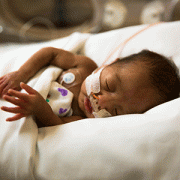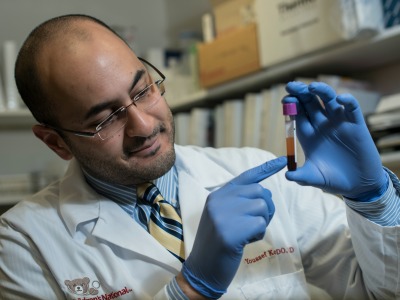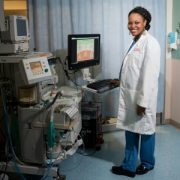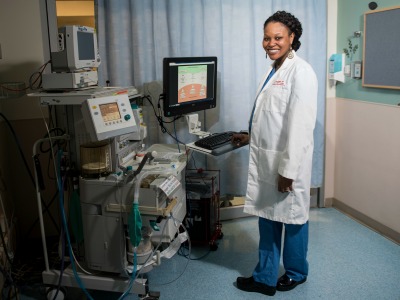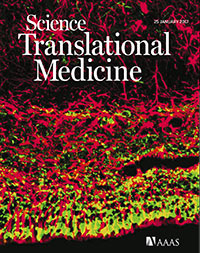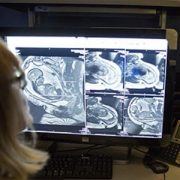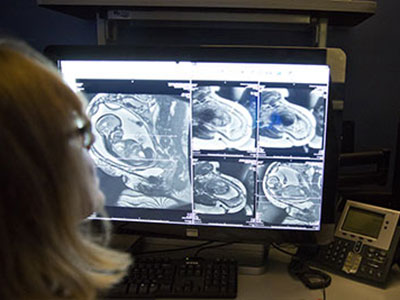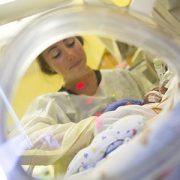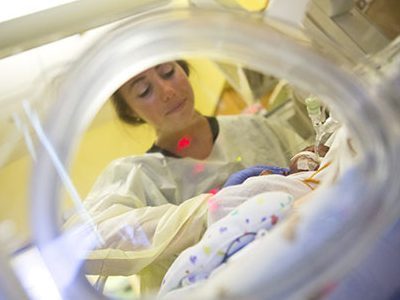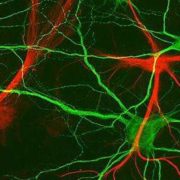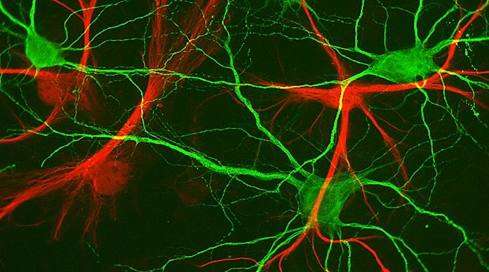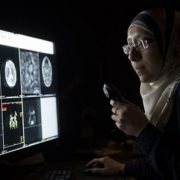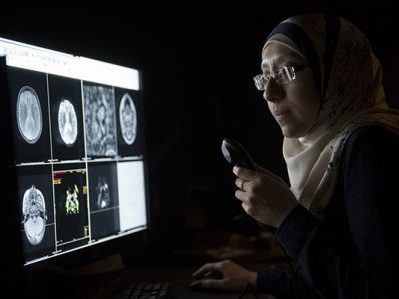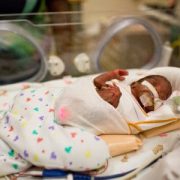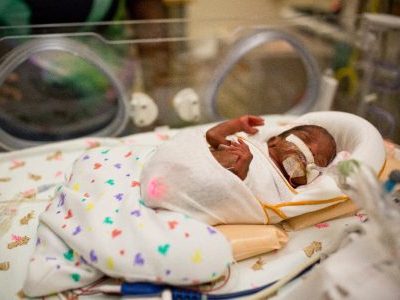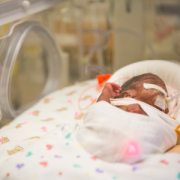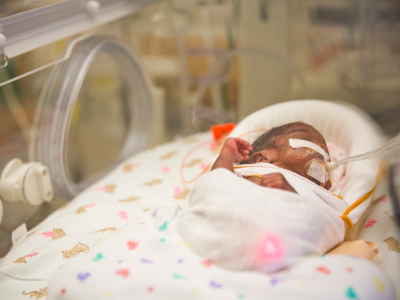Treating the smallest opioid epidemic victims
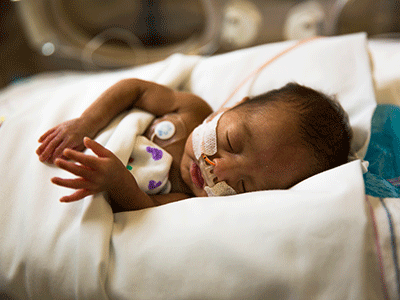
The Virginia Commissioner of Health recently declared the opioid epidemic a public health crisis. A little-known facet of the ongoing crisis is the effects it can have on babies born to opioid-addicted mothers. In fact, according to the New England Journal of Medicine, substance-exposed babies make up as many as 27 out of every 1,000 deliveries across the country.
Neonatal Abstinence Syndrome (NAS) is a condition that affects infants who are born to mothers who are chronic users of some form of opiate during pregnancy. While heroin certainly falls into this category, in recent years the dramatic increase in prescriptions of other opioids as a therapy for chronic pain has led to a correlated increase in the number of infants who withdraw from substances like OxyContin, Percocet, and Morphine.
Infants with NAS can experience tremors, sleep problems, excessive high-pitched crying (often inconsolable), irritability, difficulty feeding and seizures. Unfortunately, these symptoms may present while the infant is in the care of parents who are withdrawing from an opioid addiction themselves, and tragically, cases of non-accidental trauma have been recorded.
In an effort to draw increased attention to this troubling aspect of the ongoing opioid crisis in Virginia and across the country, and with hopes of breaking down barriers to effective treatment for newborns, Children’s National neonatologists and pediatricians are working with lawmakers in Virginia to standardize a streamlined protocol for all newborns born to opioid-addicted mothers in the Commonwealth based on best practices.
In each of the three hospitals in Virginia where Children’s National physicians operate, the established NAS protocol has been implemented to identify at-risk infants, monitor their treatment and attempt to reduce length of stay and rate of readmission. The goals are to standardize the protocol and have it put into practice in all newborn units in Virginia and eventually extend it throughout the region. The protocol includes the following:
- Universal risk assessment of newborns
- Appropriate observation period
- NAS scoring to assess severity of condition
- Prioritize non-pharmacologic interventions vs. pharmacologic therapy
- Discharge criteria
Children’s National staff based in Mary Washington Hospital in Fredericksburg, Va., first brought to light the importance of the issue and pointed out that better coordination and government involvement could work together to significantly improve care for these infants. Since then, leaders from the Division of Neonatology at Children’s National have been working closely with Virginia legislation to develop and pass several bills that as a package help address the issue in the following ways:
- Adding NAS to the list of diseases which must be reported to the state Department of Health
- Directing the Department of Health and Human Resources to look at NAS in collaboration with other related stakeholders to study the issue at large and specifically collect pertinent information to help address it
- Removing language that states for the purposes of defining a substance-affected infant that the substance must be illicit
This protocol and these bills are important steps forward in both providing the effective treatment needed for and the collection of data related to NAS cases, but they are only a first step. Children’s National and state leaders continue to work together to bring Virginia’s hospitals together in an attempt to foster a collaborative approach to addressing NAS. By sharing expertise and techniques, Virginia’s health care providers can ensure that the tiniest victims of the opioid crisis do not go untreated.


